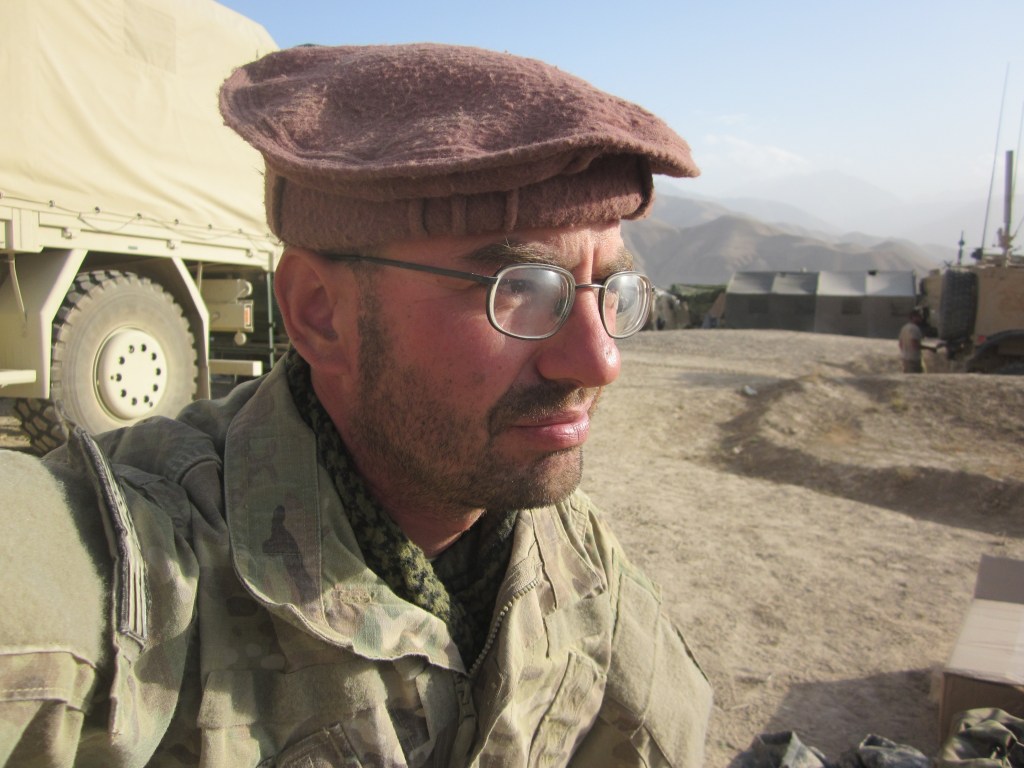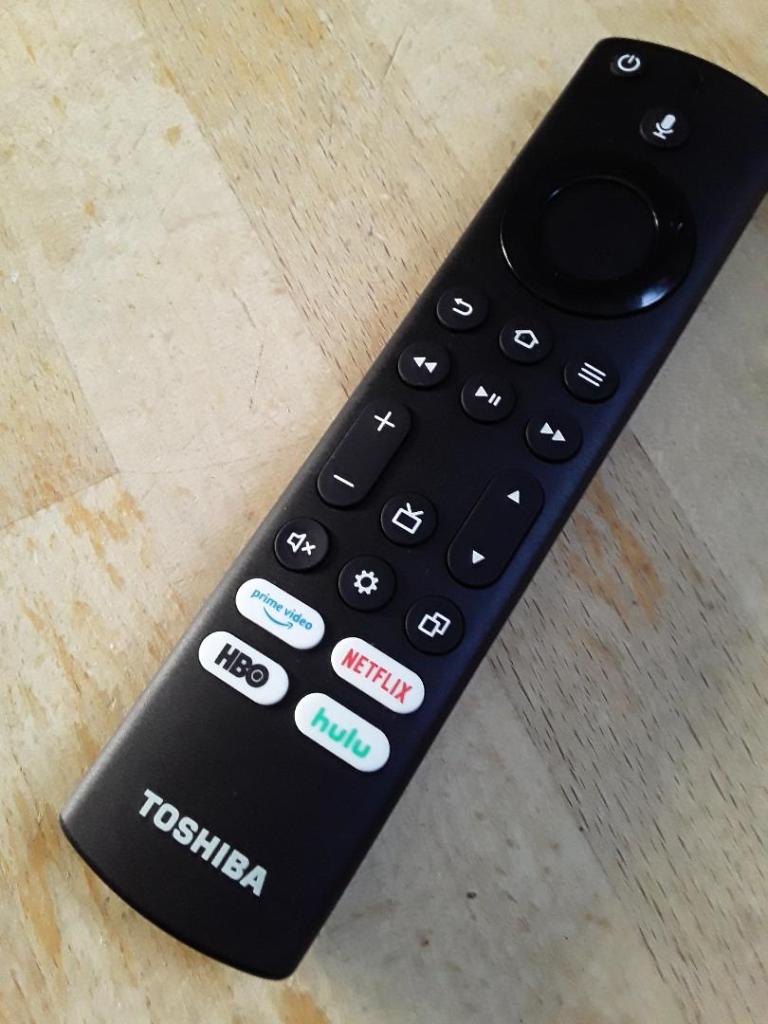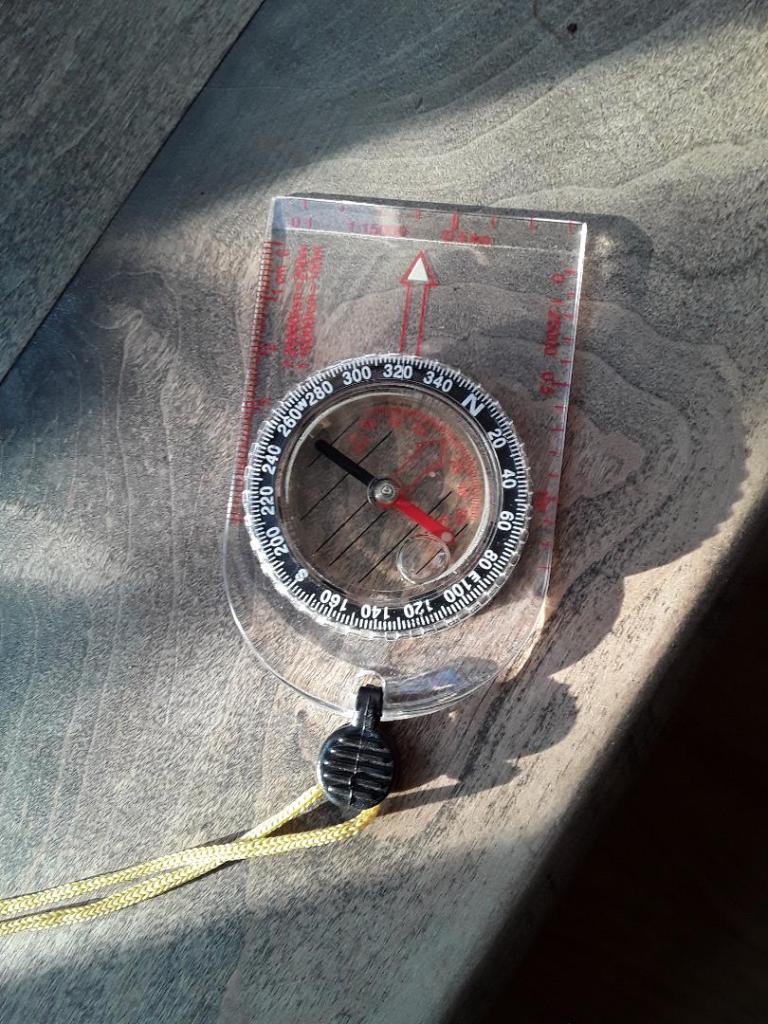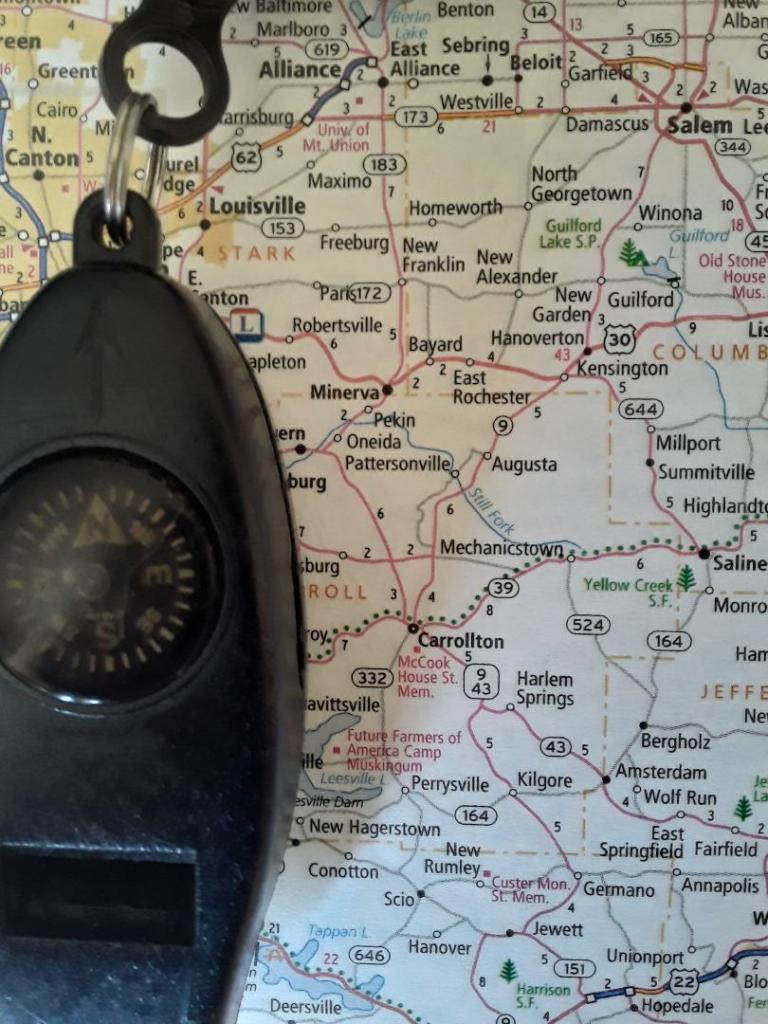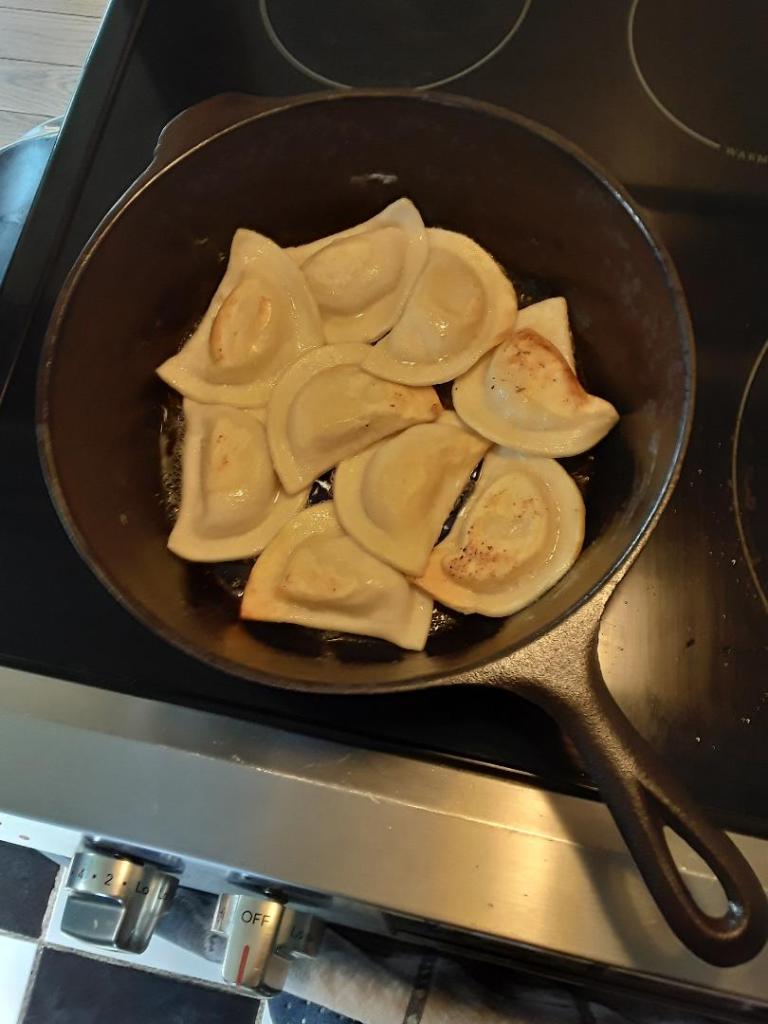
The North American White-tailed deer is an old friend of mine. They are a common sight around these parts, they are frequently harvested for meat. Unfortunately, many of them die in traffic accidents as well. Over the years I have hit five.
There’s a reason I’m talking about this today.
The mix of Whitetail and advanced technology.
Guess I have to start at the beginning.
We all know that 2020 is a really bad year. Everyone has taken a hit, whether from health concerns or the collateral economic or social damage. Well, an industry that has been beaten up is sales of all types.
The car industry is no exception to this rule. They want people to buy cars, so at the moment many manufacturers are offering some amazing financing deals- Subaru is one of them.
Depending on a few factors, it is possible right now to get a new car for 0% financing over sixty months. In layman’s terms, this represents thousands of dollars. Also, the 2020 models are hanging around like a beached fail-whale, the dealers are desperate to ditch them.
If you can do it, this makes for a buyer’s market.
But I digress. What does this have to do with technology or for Pete’s sake the whitetail deer.
OK, our old car was due for a little expensive TLC. Nothing major, but still. I was at the Subaru garage, and I found out about these deals. I did some thinking. Hmm, dump a ton of cabbage on a high-mile vehicle that was out of warranty, or maybe trade it in.
Grabbed up a sales lady after checking Kelley Blue Book on my phone. I knew what my vehicle was worth, bottom line. A casual conversation followed; she made me an offer and we crunched the numbers.
My mouth dropped a little. They gave me excellent trade-in, and the interest rate and finance terms made it so that we got a better, brand-new vehicle for LESS per month.
It was a no-brainer.
This is how we got a new Subaru Outback.

I say what kind of vehicle it was for a reason.
The mind-blowing technology.
The car is not mine, so I didn’t drive it home. The next morning at about 0545 I decided to take it for a test drive. I knew this would be a different experience, but I wasn’t really prepared for how different.
Holy cow. When I opened the door my eyes fell upon an enormous center console that looked like a giant iPhone, and acted accordingly.
Menu this, setting that, precise temp controls. Every last bit of the driving experience could be customized, from the volume of the traffic warnings to the temperature of the flipping’ seats, for heaven’s sake.
Whoa. After convincing myself I hadn’t hit a self-destruct button somewhere, I turned the old-fashioned key (a feature I like). The Boxer engine growled to a start, I put the beast into reverse and looked at the night-vision backup cam.
Seriously? Yeah.
I backed onto our quiet rural road, put it into drive and headed on my test drive.
More technology- this must be mentioned. The Subaru lets you know when you cross the yellow line; there is a function that pulls your vehicle back onto the road. It isn’t gentle. Even when expecting it, it startled me. Also, there is an intelligent cruise control that maintains a precise three vehicle separation with the car in front of you; this function is enormously helpful when driving on a two-lane highway and you are stuck behind a drunk who keeps accelerating and slowing.
This is borderline auto-pilot stuff.
So into the inky darkness I drove; I went through a local twisty hollow to judge how the vehicle cornered, etc.
I ended up testing a feature I knew of, but didn’t appreciate.
Not fully.
My odometer read 114, the wonderful smell of new car tickled my nose. What a luxury, to drive in a factory fresh-vehicle. The white-blue headlights did a fine job of illuminating the darkness.
They lit a blur from the right.
Everything that happened next was like the taffy-speed of combat. Time stretched and everything went s-l-o-w.
In one second, probably less, I heard a strange machine hum. I noticed the Subaru rapidly decelerating. Like a photo strobe a large, beautiful Whitetail buck, probably an eight-pointer, leapt in front of the car and ran off into the woods to the left.
My foot hit the brake at the same moment that the car came to a complete stop. It didn’t even skid.
Holy. Shit.
I nearly wiped out our brand-new wagon on a deer.
There is no doubt that the auto-brake function prevented the collision. It saved the deer and left the Outback unscathed.
Things happened faster than human reaction times; I was wide awake and alert. There was no way I could have reacted faster than what I did.
The deer was long gone. I let out a breath and accelerated away.
Saved by technology.
Again.
